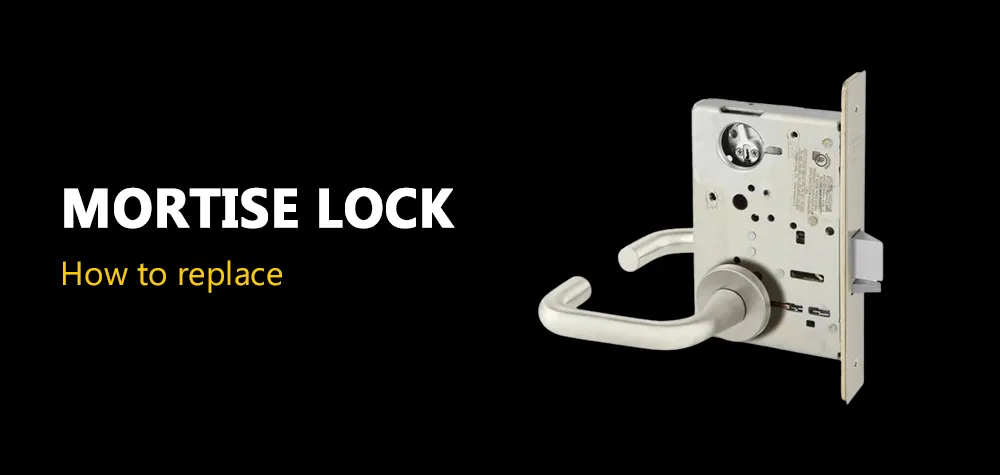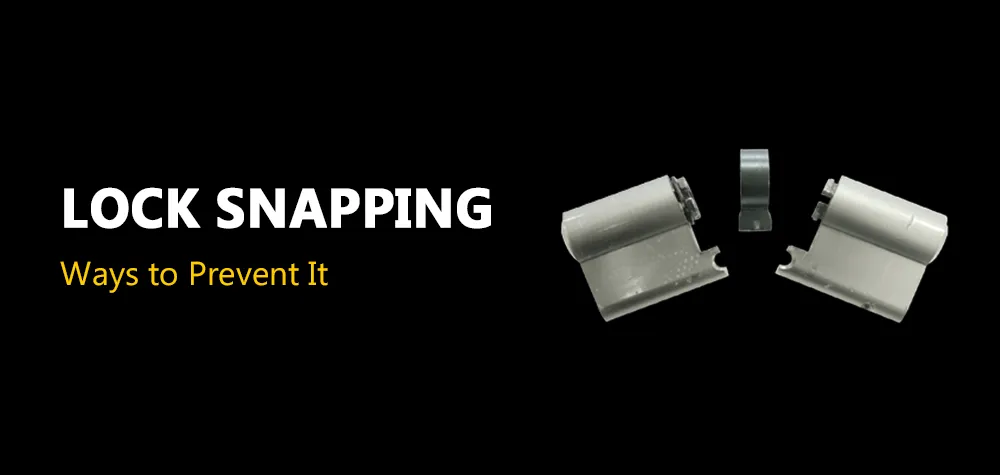How Much Does It Cost for a Locksmith: Unraveling the Pricing Mysteries.
Call Us Any Time!
24/7 Residential, Commercial & Automotive Locksmith Services
When you find yourself locked out or in need of a lock-related service, the burning question is often, "How much does it cost for a locksmith?" The answer is not a one-size-fits-all, as various factors come into play. In this comprehensive guide, we will delve into the intricacies of locksmith pricing, covering Automotive, Residential, and Commercial services.
Automotive Locksmith Services
Unlocking Your Car
Brother's Locksmith understands the urgency of being locked out of your car. The cost to physically unlock your car door typically ranges between $75 and $150. However, if you find yourself stranded in the middle of the night, the price may increase to between $150 and $300.
Additional Auto Locksmith Services
Lock Replacement: $200 to $600
Rekeying Ignition: $50 to $150
New Keypad Installation: Up to $400
Creating Regular Keys: $5 to $10 each
Transponder Key Services: Prices vary based on complexity.
Residential Locksmith Services
Changing and Replacing Locks
Brother's Locksmith offers a range of residential services. The cost to change locks varies from £85 for a basic euro lock cylinder to £115 or more for replacing a mortice lock. Factors influencing prices include the lock brand, security standard, time of day, location, and the locksmith's travel distance.
Estimated Prices for Lock Changes:
Changing a Standard Euro Cylinder Lock on uPVC door: From £85
Changing an Anti-Snap Euro Cylinder on uPVC door: From £110
Replacing a Night Latch (Yale Lock) on wooden door: From £90
Replacing a Patio door lock: From £90
Unlocking House & Opening Doors
If you find yourself locked out of your home, Brother's Locksmith has got you covered. Prices to unlock and open a locked door start from £70, with variations depending on the type of lock and door. Additionally, costs for removing broken or snapped keys and replacing lost keys are outlined for transparency.
Commercial Locksmith Services
Repairing Locks
For commercial establishments, the cost to repair a faulty or damaged lock starts from £45 for internal door locks and goes up to £65 for front or back door locks. Factors such as labor costs, replacement parts, and the type of lock influence the overall repair cost.
Installing New Locks
Whether it's upgrading security or installing new locks, Brother's Locksmith ensures your commercial space is safeguarded. The cost of a replacement door lock without labor charges can start from £20 for a basic cylinder lock for a uPVC door. Prices vary based on lock type, brand, and security standard.
Factors Influencing Locksmith Prices
Understanding why locksmith prices vary is crucial for making informed decisions. Brother's Locksmith breaks down the key factors:
1. Location: Urban areas may incur higher charges due to parking and congestion, while rural locations might have added travel costs.
2. Time of Day and Year: Regular working hours are generally more cost-effective. Emergency services during off-hours, weekends, or holidays may incur additional charges.
3. Type of Job: The complexity of the locksmith service, whether unlocking, changing locks, or repairing, affects the overall cost.
4. Labor and Hours: The time taken to complete the job and whether the locksmith charges per hour or offers a fixed price impacts the overall cost.
5. Brand and Type of Lock/Cylinder: Different lock brands, types, and security standards contribute to varying prices. Upgrading to high-security locks may incur additional costs.
How to Reduce Locksmith Costs
Brother's Locksmith advises on practical steps to reduce locksmith costs:
Get Multiple Quotes: Obtain at least three quotes from local locksmiths to compare and choose the most reasonable price.
Provide Accurate Information: Furnish details about the lock and the issue to receive a realistic estimate, avoiding potential overcharges.
Read the Price Checklist: Brother's Locksmith provides a comprehensive checklist of questions to ask a locksmith to ensure transparency and prevent overcharging.
Conclusion
Navigating the realm of locksmith services doesn't have to be a mystery. Brother's Locksmith aims to demystify the pricing structure, offering transparent and competitive rates for Automotive, Residential, and Commercial locksmith services. Whether you're locked out or seeking to enhance your security, Brother's Locksmith is your trusted partner. Don't let uncertainty linger – get a quote today!



All Rights Reserved | BROTHERSLOCKSMITH.COM
Privacy Policy






